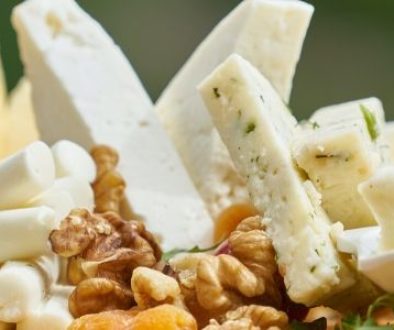How Packaging Will Impact Sales in 2017
A couple of decades ago, the trend was to simplify packages to the point of absurdity. Plain cardboard packages the color of paper shopping bags were decorated with a bare minimum of wording: “Cornflakes, weight 17 ounces, contains corn, oil (name of type), etc.,” price stamped on at store level, or identified with a bar code and shelf sticker. Reeking of value, this generic packaging showed up mainly in stores containing, along with a bunch of similarly labeled “non-brands,” rows and rows of bulk food containers.
Somebody didn’t think that through: Consumers like packages that say things to them and excite them. The average consumer spends 27 seconds looking at a product’s package, according to research from Tetra Pak, so manufacturers need to figure out how to make their products stand out.
Breaking the standard-size/shape mold, as Toblerone did long ago, and Absolut vodka did with its unusual bottle shape, or Jack Daniels did with a black label, can do wonders for a brand’s future.
Being able to get to a higher price point is a big aim of “premium” packaging. New printing and packaging techniques and the like are enabling envelope-pushers to push in all sorts of ways.
Takeaways:
-
Unique, even unusual, packaging is attracting consumers these days, as value is added to brands that make themselves stand out, Interact said in its 2017 trend report. These include Stillhouse Moonshine, which uses a “metal can structure typically reserved for paint thinners like turpentine and acetone.”
-
Other examples of trends include unusual printing techniques, real and imitation texture in package designs, conceptual illustrations and “puns and humor.” Interact suggested these are premium techniques likely to suggest “something special” is inside.
-
Small brands will simplify their packs, into which lots of thought, attention and money will be put to give them, somehow, an edge. And as ingredient lists shrink, efforts will be made to build “human touches” into labels through hand-drawn typefaces, “good for you” messages and other means of saying, in effect, “we’re on your side.”
Source: FoodDive.com




